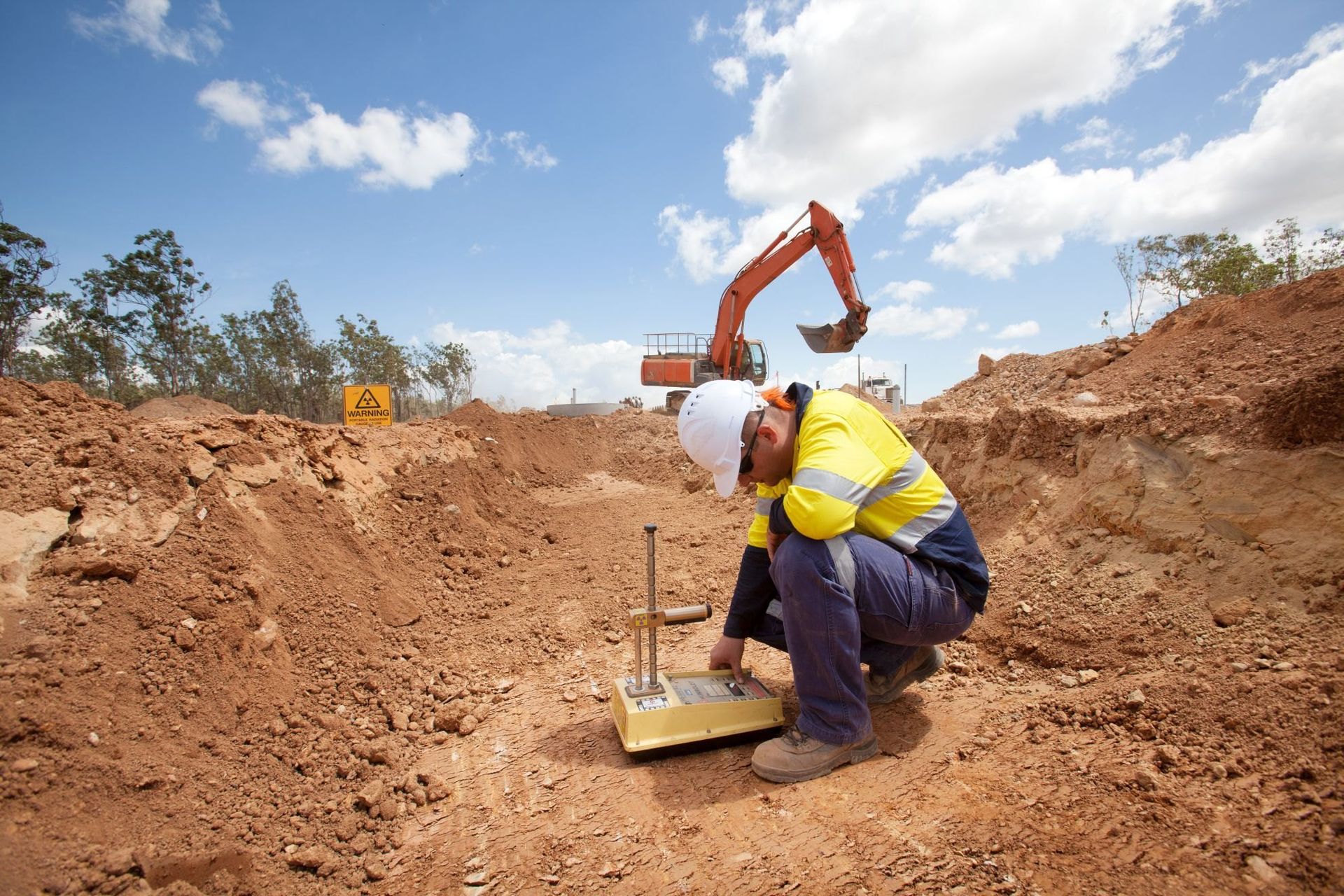In the construction world, ensuring that the soil on which a building is built can properly support the structure is key to the success of the project. Soil investigation is vital in various aspects of a construction project, from risk analysis to environmental sustainability. By exploring the properties of the soil in depth, this process not only supports optimal foundation design but also ensures that the selection of building materials is by the geotechnical conditions. From cost savings to regulatory compliance, soil investigation is the foundation for any safe and efficient project, contributing to the development of sustainable and environmentally friendly infrastructure.
Ensuring Environmental Stability
In addition to ensuring that buildings are safe and sturdy, soil investigation also helps in maintaining the stability of the environment around the project. By understanding the characteristics of soil and groundwater, steps can be taken to prevent erosion or contamination of groundwater. This is especially important for projects located near water sources or protected areas.

Soil Investigation Testing Service
Assisting in Long-Term Planning
Soil investigation is not only useful for ongoing projects, but also provides valuable data for long-term planning. This information can be used to develop areas in the future more efficiently and safely. For example, the development of public infrastructure, such as roads and bridges, will be more effective if supported by comprehensive soil investigation data.
Below are seven main benefits of soil investigation in construction projects and several additional explanations that reinforce the importance of this process.
Unqualified soil can cause various problems in buildings later on, such as cracks in walls, foundation settlement, and even structural collapse. Through soil investigation, engineers can identify the characteristics of the soil, including its strength, density, and chemical properties. This information is very important for determining the right foundation design and reducing the risk of damage. For example, if the soil has a low bearing capacity, engineers can design a deeper foundation or use soil reinforcement techniques.
Conducting a soil investigation before construction can save significant costs in the future. Without this investigation, there is a high risk that the building will need to be repaired or reinforced later due to previously undetected soil problems. For example, unexpected subsidence can cause cracks in the structure and require expensive repairs. By knowing the soil conditions from the start, engineers can design the structure accordingly, avoiding additional costs that may arise from emergency repairs or structural failure.
Information from soil investigation helps in selecting building materials that are appropriate for the soil conditions. Some materials may not be durable if used on soil with certain properties. For example, soil with a high salt content can cause corrosion of metal materials. With the data obtained from soil investigation, engineers can select materials that are resistant to the specific soil conditions, ensuring the longevity of the building.
Safety is a top priority in any construction project. Soil investigation can identify potential hazards that may occur during the construction process, such as landslides or liquefaction. By knowing this potential, preventive measures can be taken to protect workers and the environment around the project. For example, if the soil at a site is prone to landslides, stabilization measures can be taken to prevent accidents.
Data from soil investigations provides additional information that is critical to project budget calculations. Without this data, cost estimates can be far from reality. For example, if the soil requires additional reinforcement, this cost must be factored in early in the project budget. With accurate information, budget planning becomes more realistic and can reduce the risk of cost overruns.
Government regulations often require a soil investigation to be conducted before a construction project begins. Complying with these regulations not only ensures the legality of the project but also reduces the risk of legal issues later on. These regulations aim to ensure that all buildings are built on safe and strong foundations. Failure to comply with these regulations can result in project delays, fines, or even the termination of the project.
The main purpose of soil investigation is to provide the necessary parameters for designing foundations. Without accurate data on soil conditions, foundation design cannot be completed properly, which can affect the strength and stability of the building. For example, the foundation for a high-rise building will be different from the foundation for a low-rise building, depending on the bearing capacity of the soil. With data from soil investigation, engineers can design the right foundation, ensuring the stability and safety of the building.
Conclusion
Soil investigation is an important step that should not be ignored in a construction project. By understanding the soil conditions in depth, many problems can be avoided, costs can be controlled, and project safety is more assured. This process is the basis for the success and sustainability of a building.
Not only does it help in project planning and implementation, but soil investigation also plays a role in maintaining environmental sustainability by ensuring that development does not damage the surrounding ecosystem. Therefore, involving a geotechnical expert to conduct a soil investigation is a very valuable investment for the long-term success of any construction project.